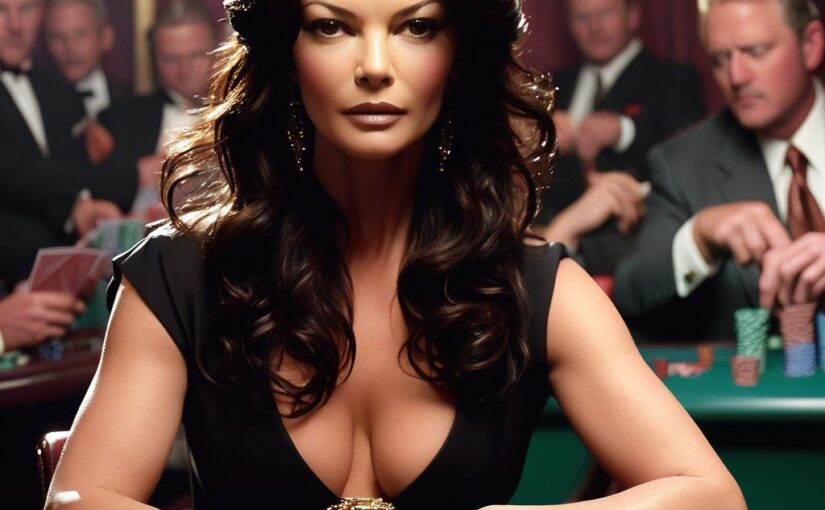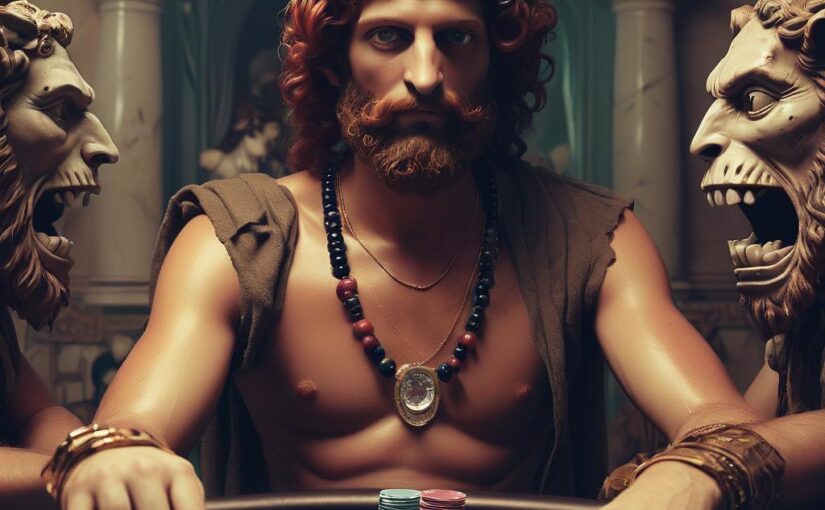“Menjelajahi Nusa365: Togel Online Terbesar dan Terpercaya 2024”
Dalam dunia perjudian online yang terus berkembang, menemukan situs togel online terbesar dan terpercaya adalah langkah penting bagi para penggemar taruhan. Nusa365 hadir sebagai salah satu platform terkemuka yang menawarkan pengalaman taruhan togel yang unggul dan terpercaya. Dalam artikel ini, kita akan mengeksplorasi mengapa Nusa365 dianggap sebagai pilihan terbaik bagi para pecinta taruhan untuk tahun 2024.
Keunggulan Nusa365
- Reputasi yang Terpercaya: Nusa365 telah membangun reputasi yang solid sebagai salah satu situs togel online terpercaya. Dikenal karena layanan yang adil dan transparan, mereka telah memenangkan kepercayaan para pemainnya.
- Beragam Pasaran Togel: Nusa365 menawarkan berbagai macam pasaran togel dari seluruh dunia, termasuk togel Singapura, togel Hong Kong, togel Sydney, dan banyak lagi. Ini memberikan variasi yang luas bagi para pemain untuk memilih pasaran yang sesuai dengan preferensi dan strategi mereka.
- Pengalaman Taruhan yang Mudah: Nusa365 dirancang dengan antarmuka yang ramah pengguna dan mudah digunakan, sehingga para pemain dapat menavigasi situs dengan lancar dan menikmati pengalaman taruhan yang menyenangkan.
- Keamanan yang Terjamin: Keamanan merupakan prioritas utama di Nusa365. Mereka menggunakan teknologi enkripsi terkini untuk melindungi data dan transaksi para pemain mereka, sehingga para pemain dapat bermain dengan tenang tanpa khawatir tentang keamanan informasi mereka.
- Pelayanan Pelanggan yang Profesional: Tim pelayanan pelanggan Nusa365 siap membantu para pemain dengan segala pertanyaan atau masalah yang mereka hadapi. Dengan layanan yang responsif dan ramah, para pemain merasa didukung selama mereka bermain di platform ini.
Strategi untuk Meraih Kesuksesan di Nusa365
- Pahami Pasaran Togel: Sebelum memasang taruhan, pastikan untuk memahami aturan dan karakteristik dari pasaran togel yang Anda pilih. Pelajari pola-pola yang mungkin muncul dan pertimbangkan strategi yang sesuai.
- Atur Manajemen Keuangan dengan Baik: Tetapkan batasan untuk diri sendiri dan kelola bankroll Anda dengan bijaksana. Jangan bertaruh lebih dari yang Anda mampu untuk kehilangan, terutama saat bermain untuk jackpot besar.
- Manfaatkan Bonus dan Promosi: Nusa365 seringkali menawarkan berbagai bonus dan promosi yang menguntungkan bagi para pemainnya. Manfaatkan bonus-bonus ini untuk meningkatkan nilai taruhan Anda dan meningkatkan peluang Anda untuk meraih kemenangan.
- Gunakan Analisis dan Prediksi: Manfaatkan analisis dan prediksi yang tersedia untuk meningkatkan peluang Anda dalam memilih angka-angka togel. Tetap up-to-date dengan informasi terkini dan pertimbangkan faktor-faktor seperti tren dan statistik.
Dengan reputasi yang terpercaya, beragam pasaran togel, pengalaman taruhan yang mudah, keamanan yang terjamin, pelayanan pelanggan yang profesional, dan strategi yang tepat, Nusa365 menjadi salah satu pilihan terbaik bagi para penggemar taruhan online yang mencari pengalaman taruhan yang memuaskan. Dengan menerapkan strategi yang cerdas dan bermain dengan bijaksana, para pemain memiliki peluang yang baik untuk meraih kesuksesan dan meraih keuntungan yang besar.








